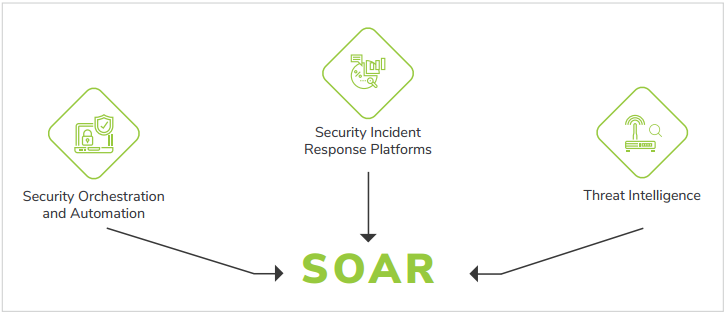Despite the market's powerful value proposition, organizations and vendors must navigate a series of significant Security Orchestration Automation and Response (SOAR) Market Challenges that can hinder successful implementation and adoption. The most significant and often underestimated challenge is the inherent complexity of implementation and the high level of upfront effort required to achieve value. A SOAR platform is not a "plug-and-play" solution that starts working magically out of the box. Its effectiveness is entirely dependent on the quality of the playbooks that are built and the processes that are automated. This requires a significant investment of time and resources from the security team to analyze their existing incident response processes, document them in detail, and then translate them into robust, logical automation workflows within the SOAR platform. This process, often referred to as "codifying tribal knowledge," can be incredibly challenging, as many incident response procedures are often informal and undocumented. Without this dedicated upfront effort, a SOAR platform can quickly become expensive "shelfware," failing to deliver on its promised ROI and leading to user disillusionment.
A second major challenge is the risk of "brittle" or poorly designed automation, and the cultural shift required to trust it. Automation, if not implemented carefully, can be a double-edged sword. A poorly written playbook, for example, could mistakenly identify a legitimate business process as malicious and automatically block a critical server, causing a major business outage. This risk of "bad automation" can make security teams hesitant to cede control to the machine, particularly for high-impact response actions. Overcoming this requires a phased approach to automation, starting with low-risk, human-in-the-loop playbooks where the SOAR platform suggests an action and waits for human approval before executing it. This builds trust and allows the team to validate the logic of the playbook before moving to full automation. This also requires a significant cultural shift within the security team, moving from a mindset of manual control to one where analysts become the supervisors and tuners of an automation engine. This change in roles and responsibilities can be a significant challenge for some organizations.
The third, and increasingly critical, challenge is the issue of integration maintenance and the rapid pace of change in the cybersecurity ecosystem. The core strength of a SOAR platform is its ability to integrate with hundreds of other security tools. However, each of these integrations is dependent on the API of the third-party tool. When a third-party vendor updates their product or changes their API, it can break the integration with the SOAR platform, causing automation playbooks to fail. This means that maintaining a large library of integrations is a significant and ongoing engineering challenge for SOAR vendors. For the customer, this creates a dependency on the SOAR vendor to quickly update their connectors whenever a third-party tool changes. Furthermore, the rapid consolidation of the cybersecurity market, where vendors are constantly being acquired, can add another layer of complexity to this integration challenge. Ensuring that the SOAR platform can maintain robust and reliable integrations in this dynamic and constantly changing environment is a major and perpetual challenge for the industry.

